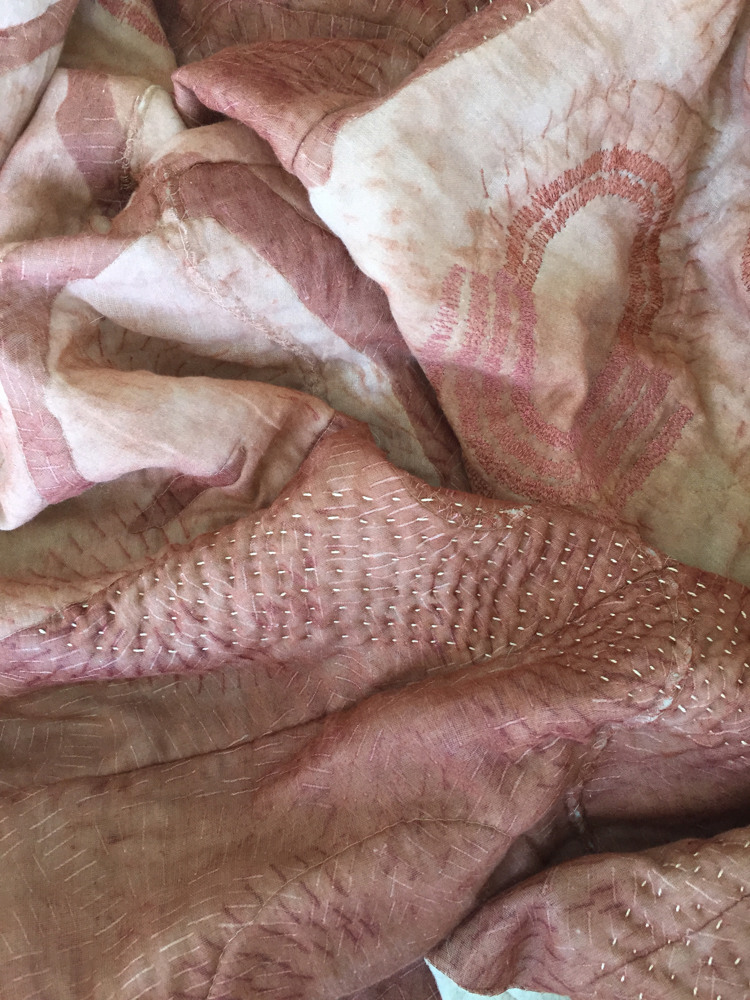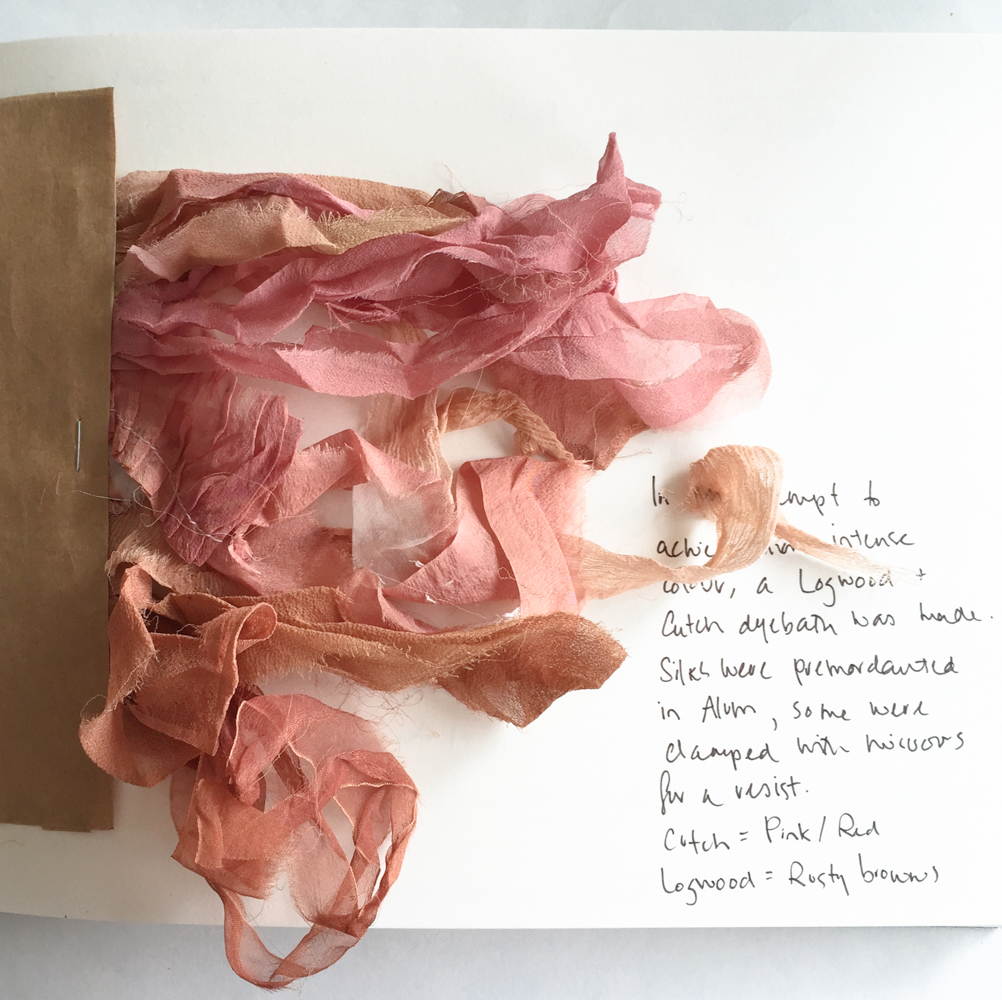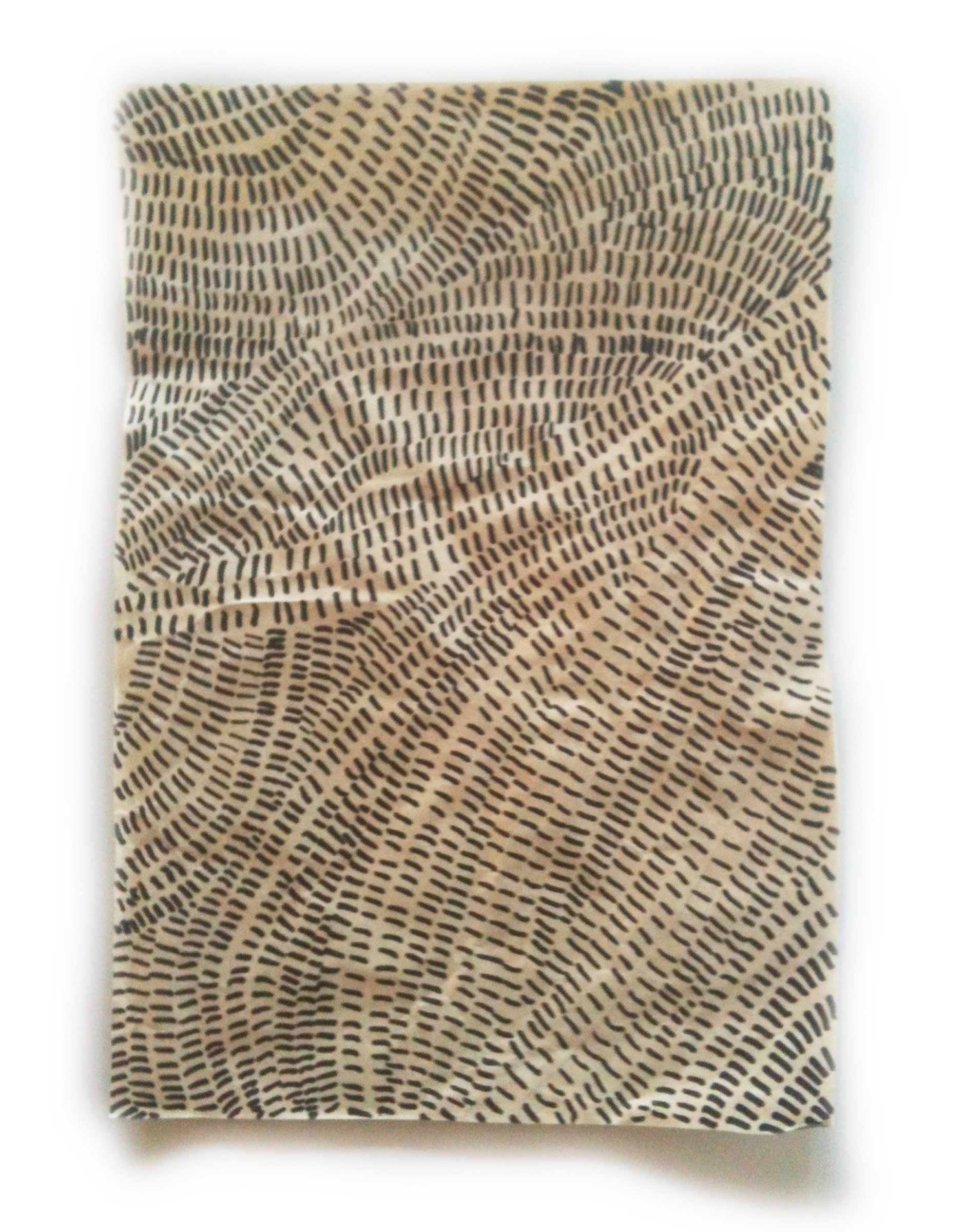Locating my work within a tradition of quilting
Although Topologies of Memory does not follow the conventional ways of quilting, there are elements of this tradition that have inspired the work.
Australia's quilting traditions are uniquely defined by our cultural, social and climactic differences to Britain and the United States. The art-form has been influenced by international trends, but it has also developed idiosyncratic characteristics that represent our country.
Indigenous Australians made beautiful patchwork rugs and cloaks from kangaroo pelts and possum skins. The cloaks were sometimes engraved with traditional symbols rich with meaning, but only six examples from the nineteenth century survive. Recently a group of four aboriginal women began a project to revive this tradition of cloak making - you can read more about it here.
Rug, kangaroo skin / fur / felt, maker unknown, Hermannsburg, Northern Territory, Australia, c. 1965.
"This rug is of great significance because of the rarity of it and also it's historical importance of combining traditional Indigenous stitching techniques with modern European patchwork influences in the design. "
"It represents the work that was being produced at Hermannsburg during the 1960s. The label attached to the back of the rug "Product of Hermannsburg Mission Central Australia" also contributes to its rare significance as there are only two of these rugs known in existence.This rug was produced by several unknown women from the Hermannsburg Mission tannery, Northern Territory in about 1965."
Read more: http://www.powerhousemuseum.com/collection/database/?irn=355494#ixzz3fvzG8Wkc
Under Creative Commons License: Attribution Non-Commercial
Quilting was used as occupational therapy and as a means of income for female convicts making the long trip to NSW. Women were given sewing equipment to make quilts while at sea to sell on arrival, where familiar symbols of a distant home increased their demand. The making of quilts on the long voyages also gave the women something to occupy their time, given the incredibly long and difficult sea journey.
The Rajah quilt 1841, This quilt is an important example of the work British women did on board the Rajah en-route to Hobart. Collection of the National Gallery of Australia. Gift of Les Hollings and the Australian Textiles Fund 1989.
Quilts in northern and middle regions of Australian were often made without the inner wadding due to the warmer climate. In colder regions, when the price of wool rose, men and women adopted innovative ways to create utilitarian quilts by repurposing the fabric available to them. The most well known of these are known as Waggas, named after the fine quality flour sacks from Wagga Wagga, NSW. These sacks were used as wadding between two fabrics, and sometimes as the covers themselves. The term began to be used for any covering made from repurposed fabrics, such as men's suiting swatches, sugar bags, blanket samples, un-repairable clothes and hessian sacks. The Wagga has come to symbolise utilitarian functionality, inventive repurposing of materials during times of hardship, and living on and with the land.
Quilt, "wagga", patchwork, wool, Kathleen Parker, Woonona, NSW, 1936
"Wagga quilt, machine-pieced from old woollen suiting fabrics; some hand stitching is visible along a few of the joins. The quilt has three layers. The top layer has a rectangular centre of different grey fabrics, pieced together randomly, and the border is made up of irregular rectangles of navy blue fabrics. The backing is of striped cotton, and the lining is made of corn bags. The three layers are machine-stitched together at the edges, holding the filling in place. There is no quilting. The quilt is in reasonable condition, though through its years of use there are some stains and holes and some areas where the material is thinning."
Read more: http://www.powerhousemuseum.com/collection/database/?irn=53867#ixzz3fw3W0lbi
Under Creative Commons License: Attribution Non-Commercial
My own grandfather remembers having a Wagga while growing up in country NSW. As the eldest of seven children, his bed was on the “sleep-out" (the verandah), where extra warmth was needed. While Wagga’s were sometimes made by men, my grandfather’s were made by his mother with any fabric she could repurpose.
My grandfather's stories of his Wagga were particularly influential upon the making of the Topology of Memory quilt. The family connection to land, making do, and repurposing fabric is referenced within the quilt. Much of the silk is repurposed from a Sydney fashion house and also donated to me by friends. Any leftover scraps are used again in smaller textile pieces, such as the Topology of Memory series. The conscious sourcing and repurposing of fabric is an important part of my practice that not only stems from environmental concern, but also from my family's history of making do with what was available to them.
References:
Gero, A., & National Trust of Australia. (2000). Historic Australian quilts. Sydney: The Beagle Press for the National Trust of Australia (N.S.W.).
Rolfe, M. (1987). Patchwork quilts in Australia. Richmond, Vic.: Greenhouse.







